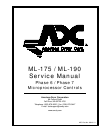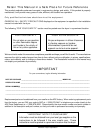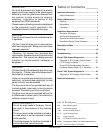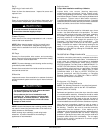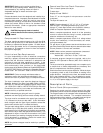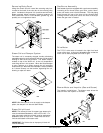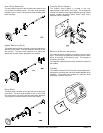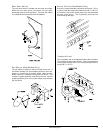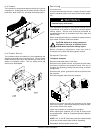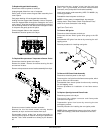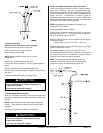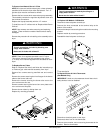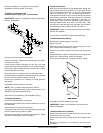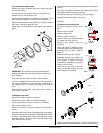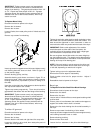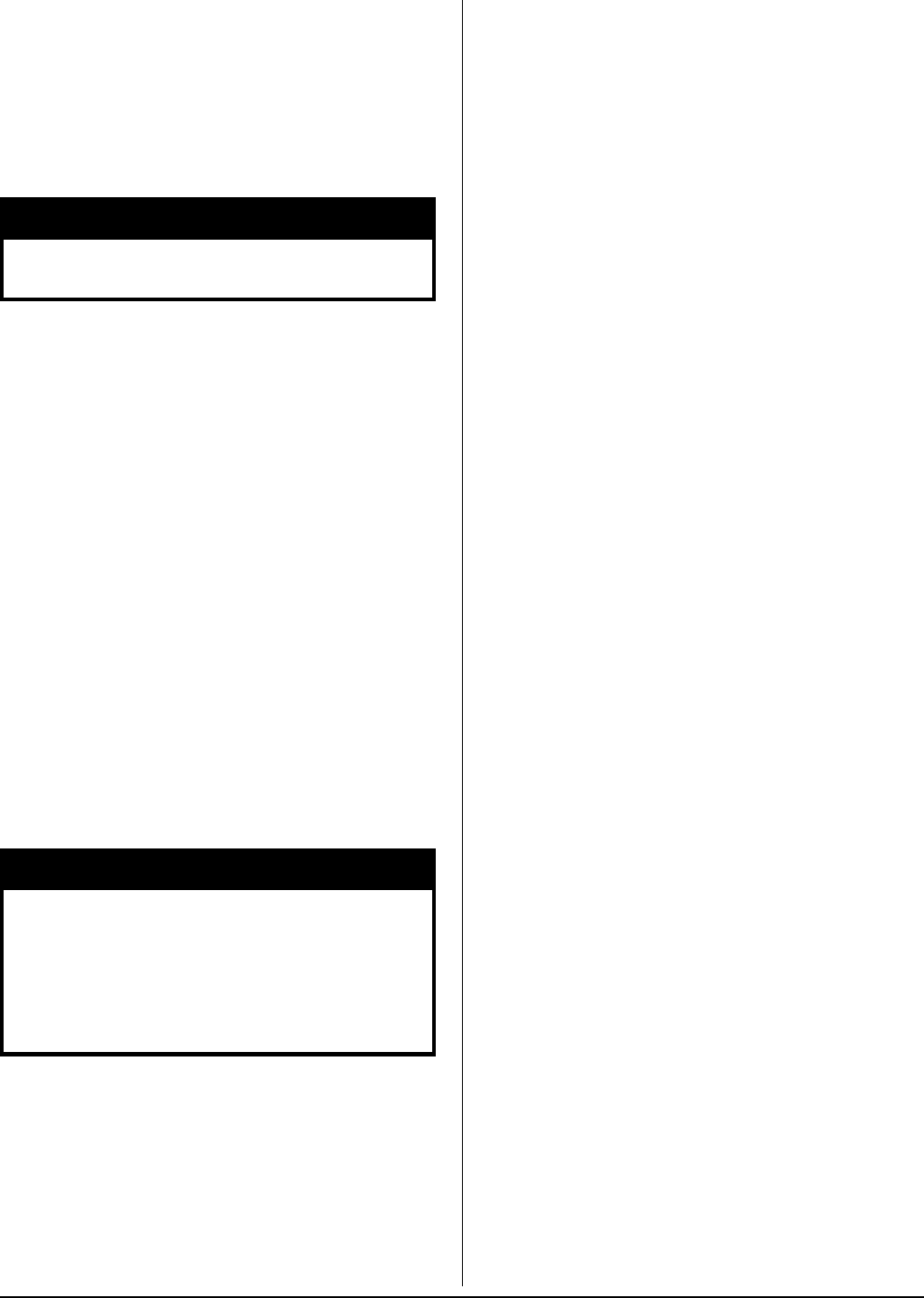
450431-3 www.amdry.com 5
Daily
(Beginning) of each work shift.
Clean lint from the drawer/screen. Inspect lint screen and
replace if torn.
Weekly
Clean lint accumulation from lint chamber, thermostat, and
microprocessor temperature sensor (sensor bracket) area.
▲ WARNING
!
To avoid the hazard of electrical shock,
discontinue electrical supply to dryer.
Steam Dryers
Clean steam coil fins using compressed air and a vacuum
cleaner with brush attachment.
NOTE: When cleaning steam coil fins, be careful not to
bend the fins. If fins are bent, straighten by using a fin
comb, which is available from local air-conditioning supply
houses.
90 Days
Remove lint from tumbler, drive motors, and surrounding
areas. Remove lint from gas valve burner area with a dusting
brush or vacuum cleaner attachment.
NOTE: To prevent damage, avoid cleaning and/or touching
ignitor/flame-probe assembly.
Remove lint accumulation from inside control box and at rear
area behind control box.
6 Months
Inspect and remove lint accumulation in customer furnished
exhaust ductwork system and from dryer’s internal exhaust
ducting.
▲ WARNING
!
The accumulation of lint in the exhaust ductwork
can create a potential fire hazard.
Do not obstruct the flow of combustion and
ventilation air. Check customer furnished back
draft damper in exhaust ductwork. Inspect and
remove any lint accumulation, which can cause
damper to bind or stick.
NOTE: A back draft damper that is sticking partially closed
can result in slow drying and shut down of the heat circuit
safety switches or thermostats.
When cleaning dryer cabinet(s), avoid using harsh
abrasives. A product intended for the cleaning of
appliances is recommended.
Adjustments
7 Days After Installation and Every 6 Months
Inspect bolts, nuts, screws, (bearing setscrews),
nonpermanent gas connections (unions, shutoff valves,
orifices, and grounding connections). Motor and drive belts
should be examined. Cracked or seriously frayed belts should
be replaced. Tighten loose V-belts when necessary.
Complete operational check of controls and valves. Complete
operational check of all safety devices (door switch, lint drawer
switch, sail switch, burner and hi-limit thermostats).
Lubrication
The fan shaft bearings should be lubricated every three
months. Use Shell Alvania #2 or its equivalent. The motor
bearings, idler bearings and under normal/most conditions
the tumbler bearings are permanently lubricated. It is
physically possible to re-lubricate the tumbler bearings if
you choose to do so even though this practice is not
necessary. Use Shell Alvania #2 or its equivalent. The
tumbler bearings used in the dryer do not have a grease
fitting. Provisions are made in the bearing housing for the
addition of a grease fitting, which can be obtained
elsewhere, or from ADC by ordering kit P/N 882159, which
includes two fittings.
Installation Requirements ____________
Installation should be performed by competent technicians
in accordance with local and state codes. In the absence of
these codes, the installation must conform to applicable
American National Standards: ANSI Z223.1-LATEST
EDITION (National Fuel Gas Code) or ANSI/NFPA NO. 70-
LATEST EDITION (National Electrical Code) or in Canada,
the installation must conform to applicable Canadian
Standards: CAN/CGA-B149.1-M91 (Natural Gas) or CAN/
CGA-B149.2-M91 (L.P. Gas) or LATEST EDITION (for
General Installation and Gas Plumbing) or Canadian
Electrical Codes Parts 1 & 2 CSA C22.1-1990 or LATEST
EDITION (for Electrical Connections).
Enclosure, Air Supply,
and Exhaust Requirements
NOTE: The following information is very brief and general.
For detailed description, refer to the “ML-175 Installation
Manual” (ADC P/N 113070).
Bulkheads and partitions around the dryer should be made
of noncombustible materials. Allowances should be made
for the opening and closing of the control door and lint drawer.
Also, allowances should be made in the rear for ease of
maintenance. (Refer to appropriate Installation Manual for
recommended distances and minimum allowances required.)
When the dryer is operating, it draws in room air, heats it,
passes this air through the tumbler, and exhausts it out of
the building. Therefore, the room air must be continually
replenished from the outdoors. If the make-up air is
inadequate, drying time and drying efficiency will be adversely
affected. Ignition problems and sail switch “fluttering”
problems on gas dryers may result, and you also could have
premature motor failure from overheating. The air supply
must be given careful consideration to ensure proper
performance of each dryer.



